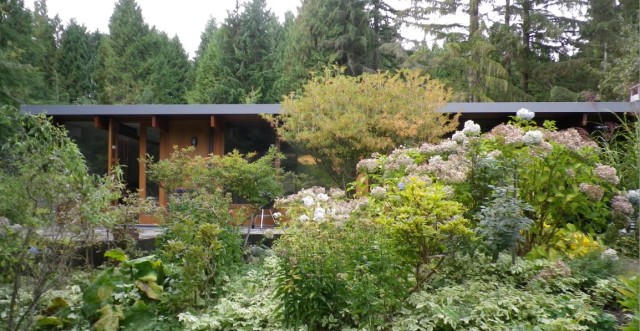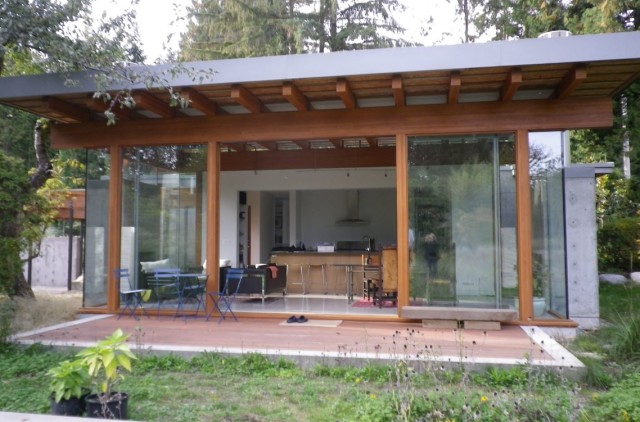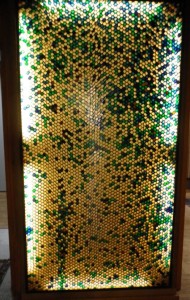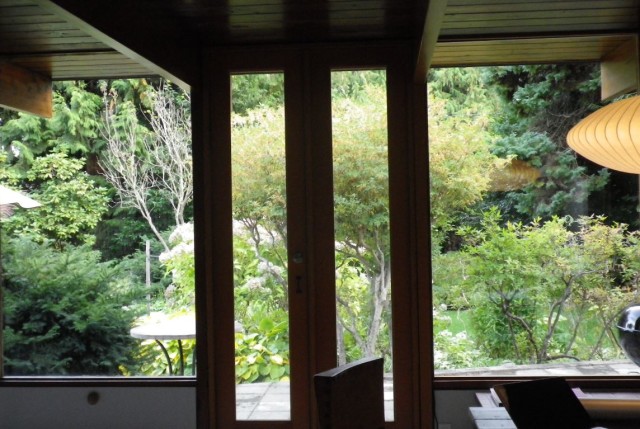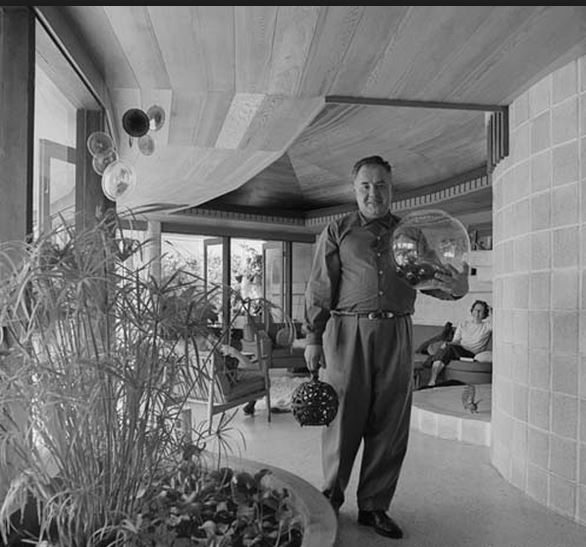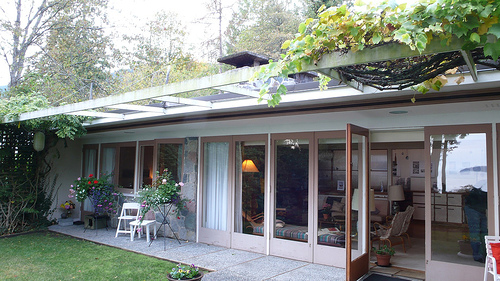For the last year or so I’ve been receiving emails from a realtor named Trent Rodney at West Coast Modern. They come with an invitation to drop by one of the dwindling stock of West Coast Modern houses on the North Shore, sip a cocktail, eat catered food and listen to jazz. The houses are all designed by well-known mid-century architects such as Fred Hollingsworth, Arthur Erickson, Ned Pratt, Peter Kafka, Barry Griblin, and Henry Yorke Mann.

When he first started as a realtor, Trent says he’d see a post-modern house come on the market and wish that he was the agent. “I would drive by two months later and it would be torn down. It was a slap in the face.”
Trent says he sees himself as an art dealer, representing the work of architects.
Last Thursday, more than 300 people turned up to an Arthur Erickson-designed house in West Vancouver. Built in 1981, it’s now listed at almost $3.3 million. There’s a public open house this Sunday.

“I’m a big believer in emotion. When people come to one of our events, they are excited about the house,” he says.
Trent sends out around 15,000 invitations to a carefully curated database of people in the creative community who already live in, or are most likely to love these West Coast Modern houses. They include designers, artists, architects, musicians, and for the higher end stuff, people working in the tech industry.
Realtors are not welcome.
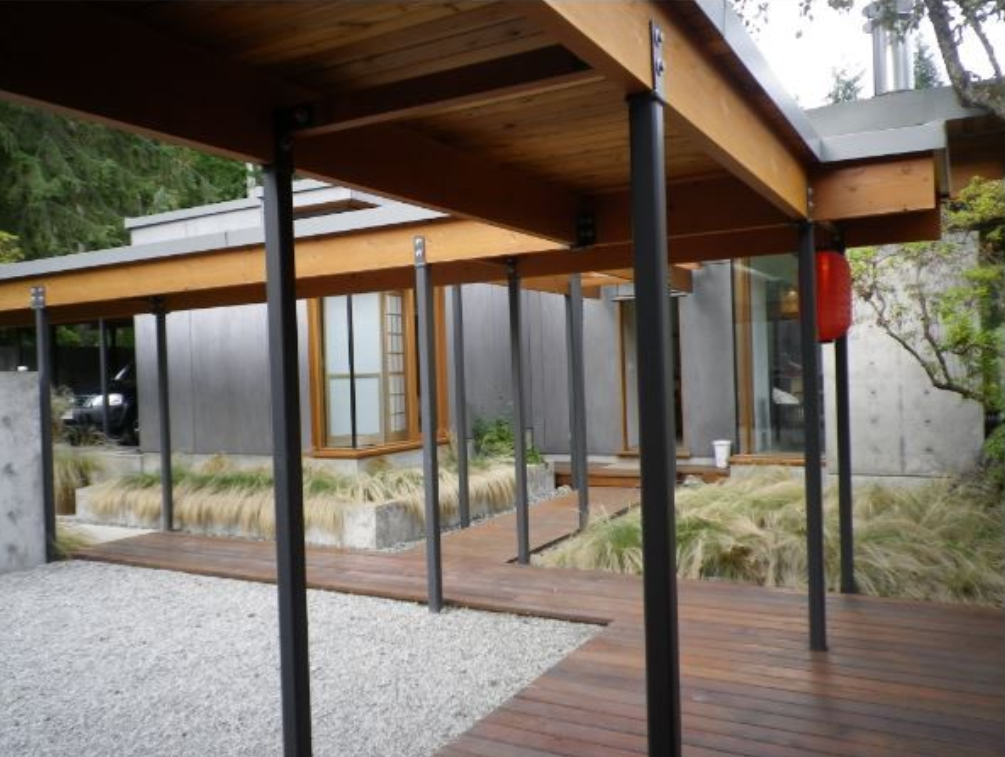
It’s a unique and costly marketing strategy, but seems to be working. “I’m able to command a 10 to 15 percent design premium for a West Coast Modern house,” he says. “A renovated house in Edgemont Village, for instance will sell for around $2.2 million. I’m able to achieve close to $2.5 million for the same size house because I’m able to attract the design community and get multiple offers.”
Trent says his goal is to keep these houses out of the hands of the developers. He spends a chunk of his day pouring through the more than 500 listings on the North Shore and highlighting the houses that he believes should be saved and making sure buyers are aware of them.
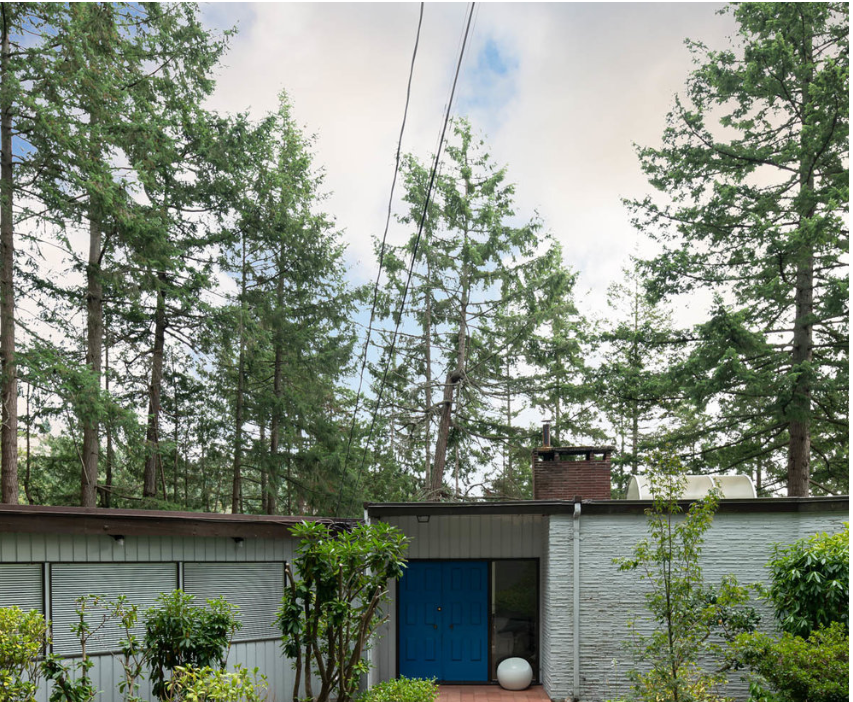
The problem is, these houses are often on big lots zoned for much larger houses, and realtors pitch them as lot value where you can “build your dream home” ignoring for most of us, that like this long-gone Fred Hollingsworth house on Newmarket Drive, these are our dream homes.
When I asked Trent, which house he thought was the greatest loss, I was expecting him to say the Graham house or one of the expensive cliff hugging West Vancouver homes. Instead, he told me it was the Watts Residence, a fairly modest house designed by Fred Hollingsworth.
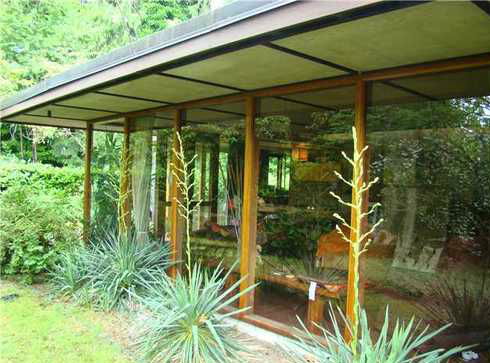
The Watts Residence was recently replaced with the kind of cookie cutter house that is homogenizing our neighbourhoods. Hollingsworth’s own North Van house which he designed and lived in for more than six decades, came up for sale in October 2018. His son, starchitect Russell Hollingsworth hired Trent’s firm to sell the house to someone who would save it.
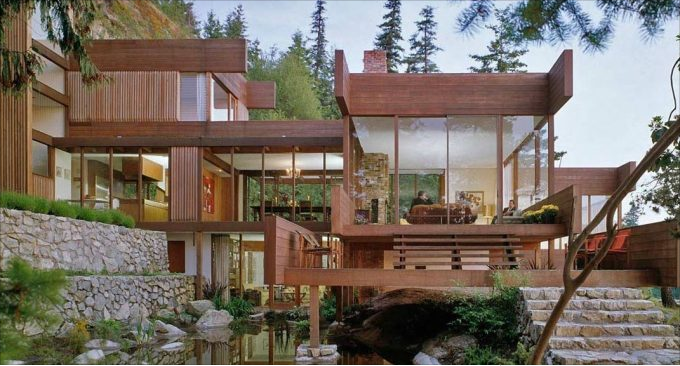
“People say the city should do more, but if you keep it in the hands of the people who live in the houses, they are the custodians. They like the architecture, they pay more, and they are not going to tear it down,” he says.
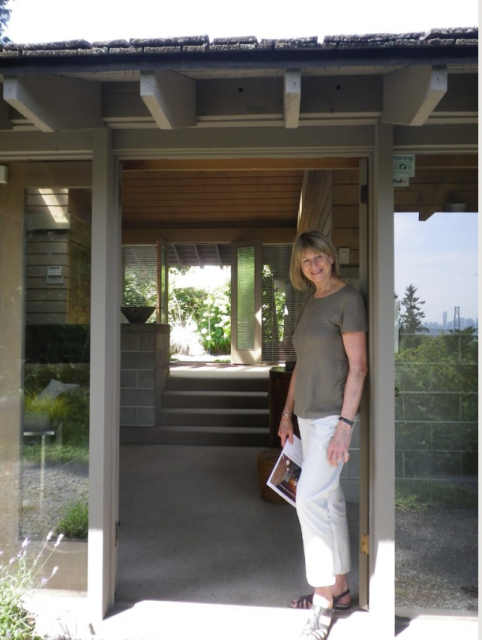
Some good news. It looks like Ron Thom’s Boyd House will live to see another day, after West Van voted to allow subdivision of the lot and short term rentals of the house.
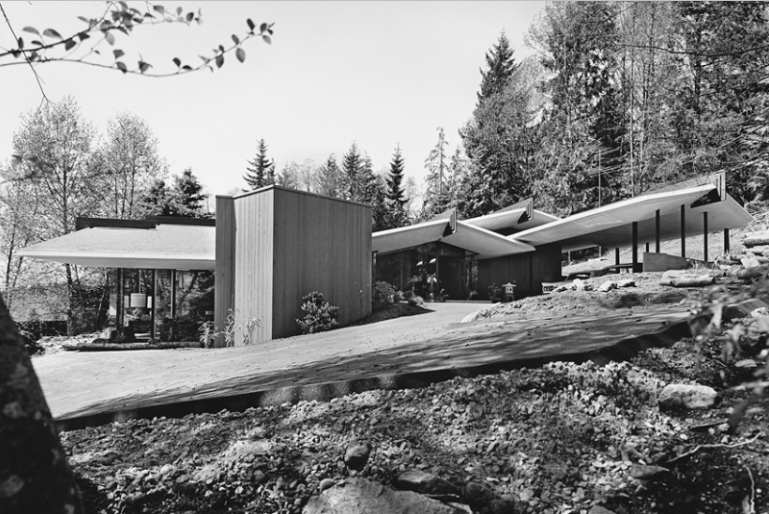
Unfortunately, the fabulous Ron Thom-designed Forrest-Baker house may not be so lucky. There is currently a temporary protection order in place to try and stop its demolition.
© All rights reserved. Unless otherwise indicated, all blog content copyright Eve Lazarus.



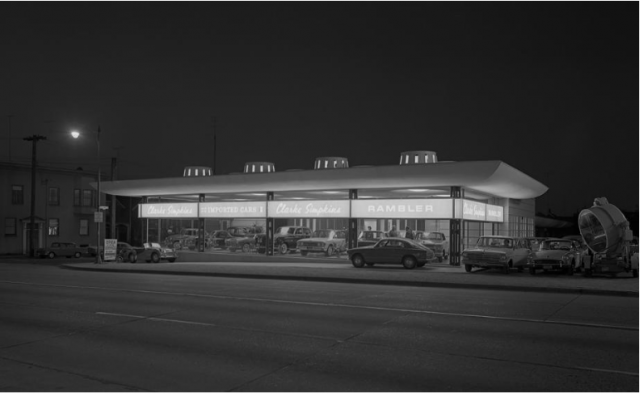
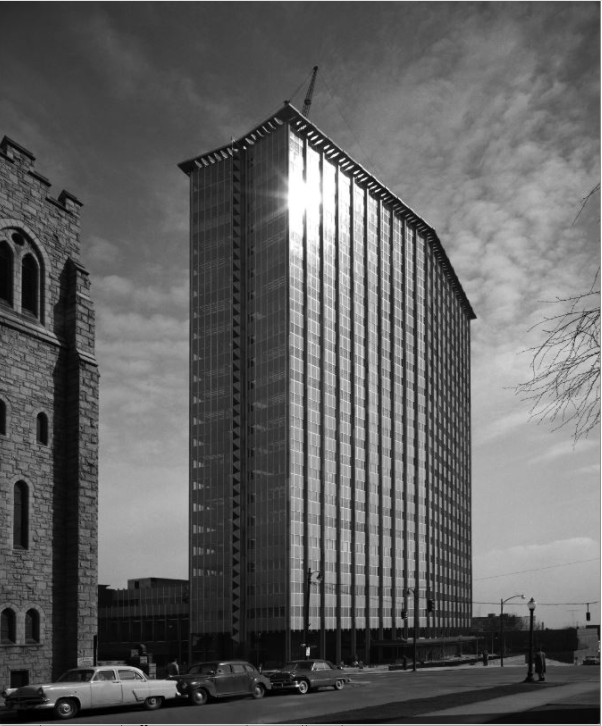
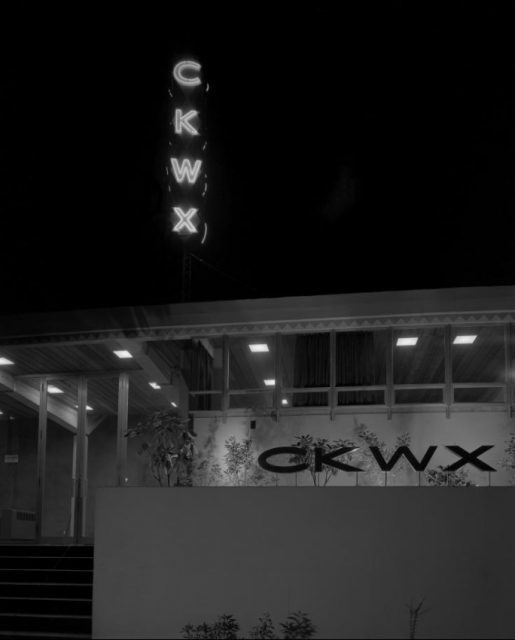
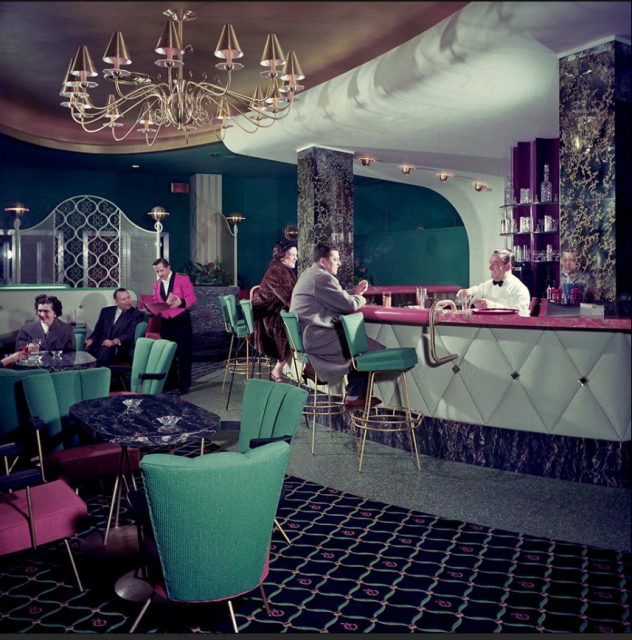
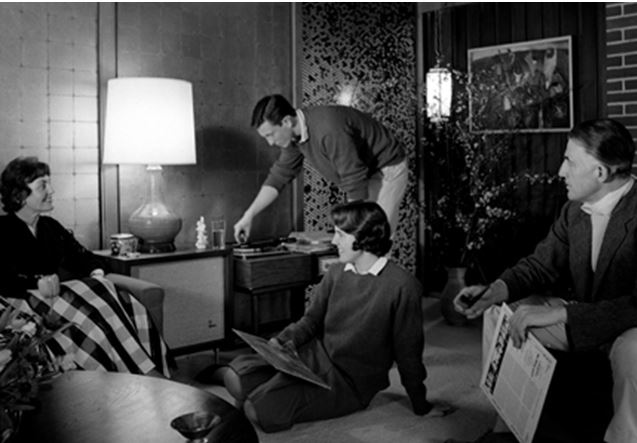
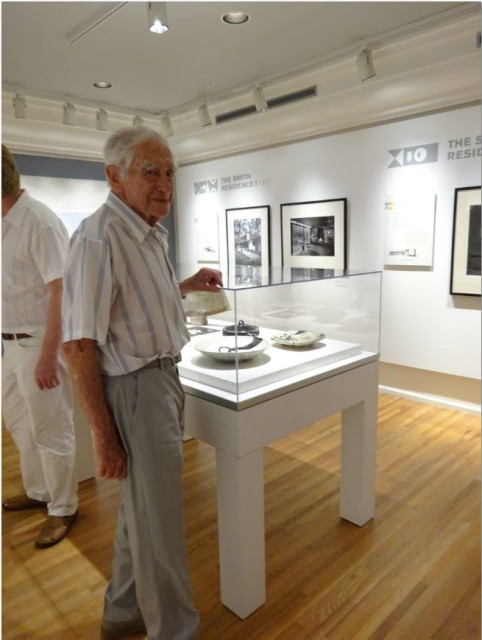
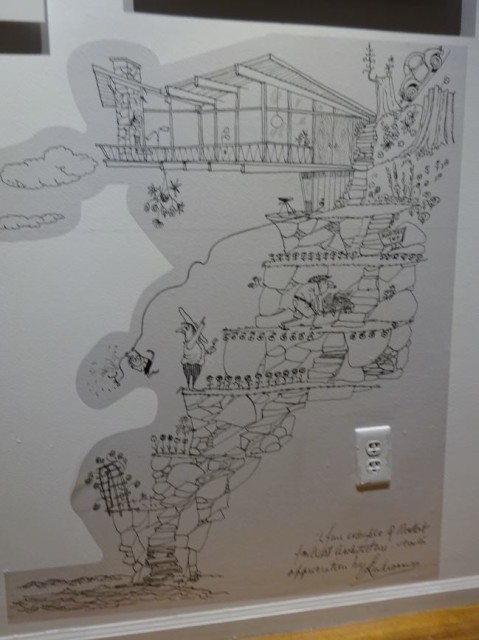

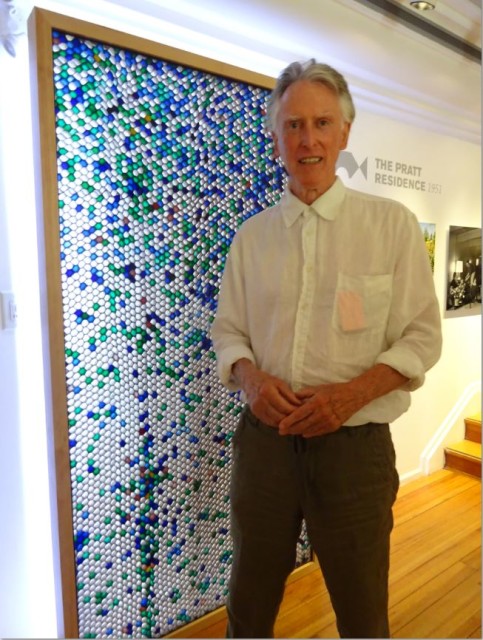
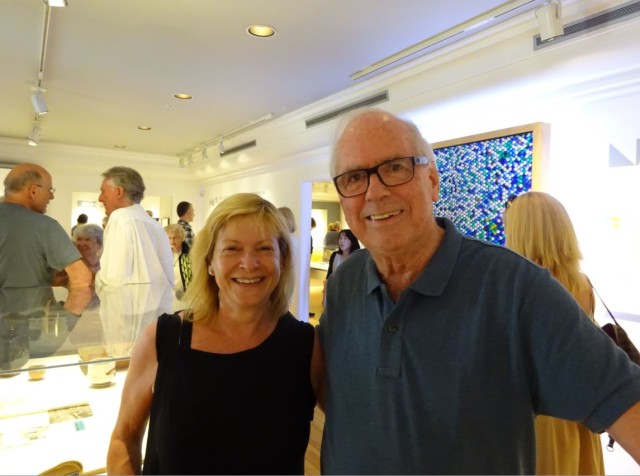
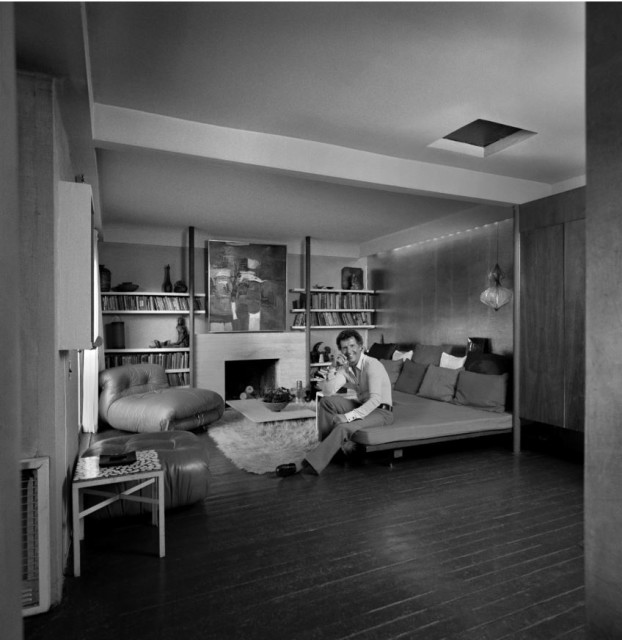
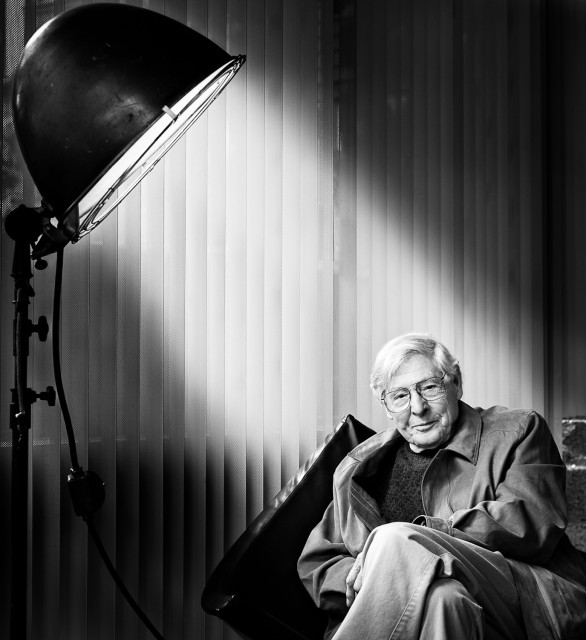
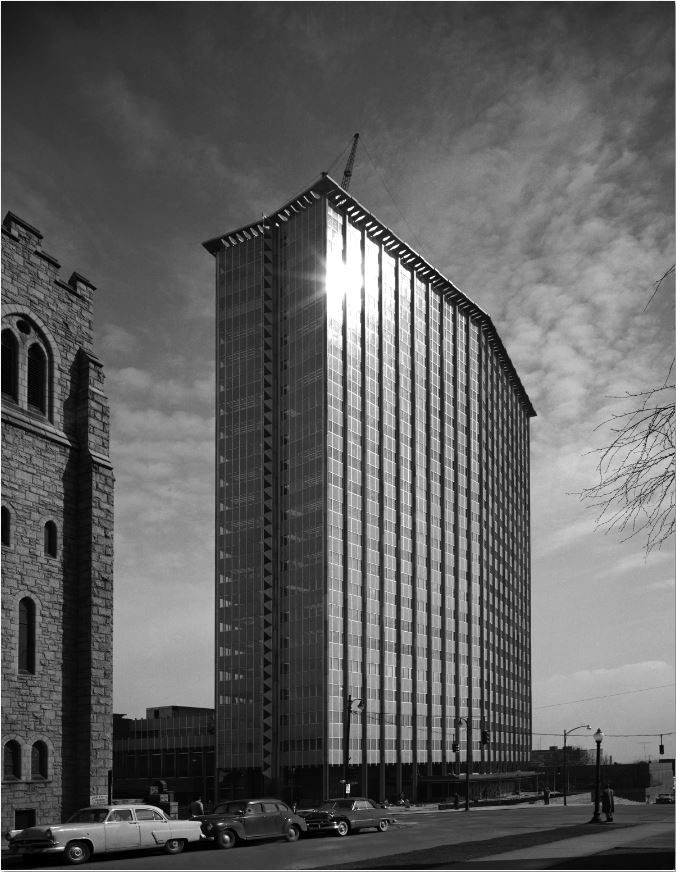
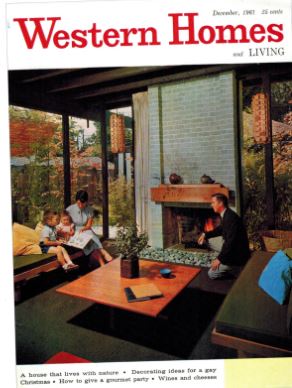 Erickson and
Erickson and 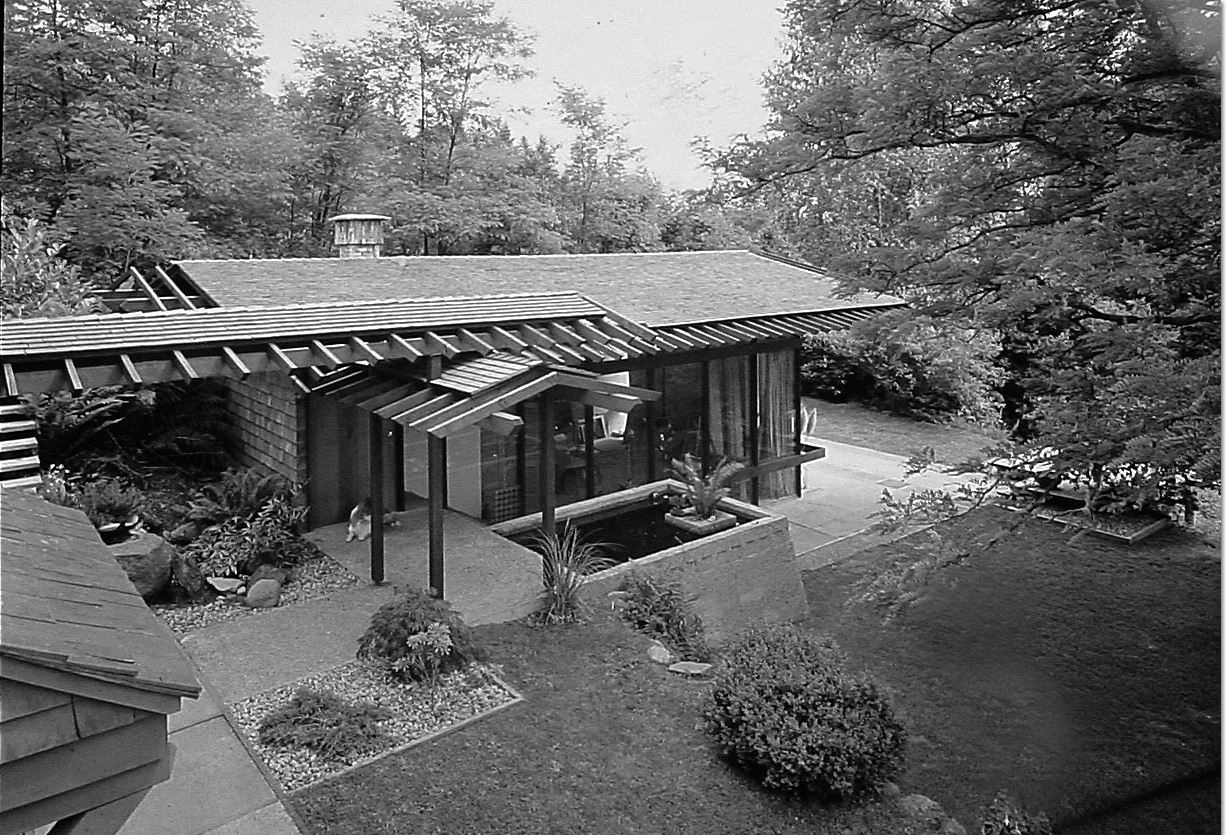
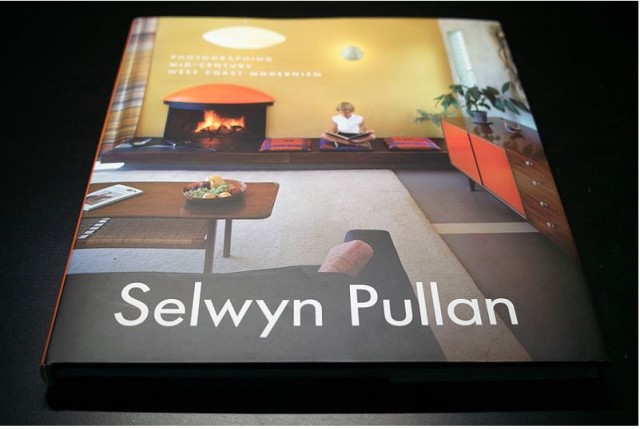 Cover image by
Cover image by 